An assembly that controls the water pressure in a shower is called a shower valve assembly. The actual shower valve has relatively few moving parts.
You can tell how long the valve will last by what type of shower you have, how hard your water is, and whether it is brass or cartridge.
The shower valve controls the amount of water that flows in a shower. When you run a shower and notice water coming from your tub faucet simultaneously, the shower valve may be incorrectly installed, or the cartridge is worn out.
Despite the showerhead’s power, you may not feel enough water pressure coming out of it. If done correctly, you should be able to use your shower valve for many years to come.
Shower valves can last anywhere from two to ten years, depending on how often they are used, what kind of water is used, and whether they are brass or cartridge valves.
It’s not unusual for shower valves to work well for about four or five years, even if you live in an area with hard water.
For How Long Does A Faucet Last?
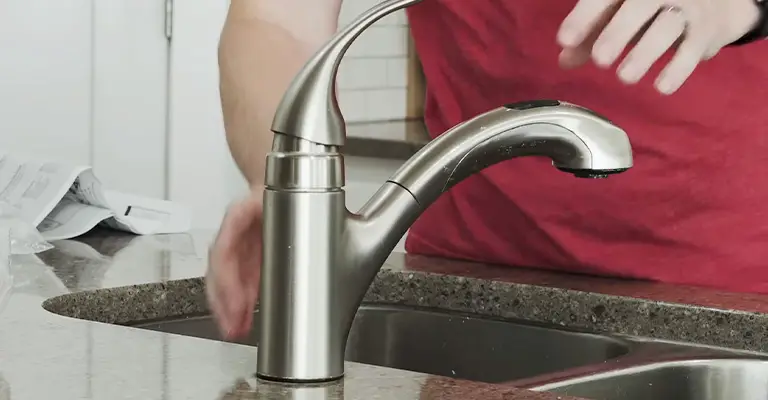
There is a typical lifespan of fifteen to twenty years for most faucets. Depending on how long they live, we keep them in various ways.
The quality of the faucet’s construction and maintenance often determines its lifespan at first. It is essential to hire a knowledgeable and experienced plumber when installing a faucet.
Keep cement and adhesives away from surfaces so they won’t damage their protective finishes. As well as the pipes and faucet, you should clean them.
Do not use too much force when opening the tap since the flow pressure is much higher than what the tap can handle. Make sure the faucet is fixed immediately if it leaks. Faucets that are of high-quality seal well when they are installed.
Because ceramic seals have a sensitive surface, they are easily damaged and scratched by water pollutants such as sand and gravel.
Leaking and dripping can happen quickly due to hard water. It is essential to fix a leaking faucet as soon as you notice the leak, as a drip will keep increasing and create a circulation line.
In addition, you should install a water-saving device with continuous pressure and flow to conserve water. Under high water pressure, the faucet’s circulation rate can be optimized and stabilized after installing the water-saving gadget.
In addition, your faucet should be cleaned frequently to prevent limescale and dirt buildup, which can cause a lot of damage.
Use a soft cotton cloth to clean up the faucet’s surface (and, if necessary, dampen it slightly). Despite gentle cleaning, most contaminants will be removed without harming the material.
It is important not to use aggressive sponges, brushes, and even microfiber fabrics. The corners and joints are the most common places for limescale to accumulate.
You can remove this accumulation by using a moderate citric acid-based cleaner. Use a cloth to wipe the tap instead of directly applying concentrate.
It is very important to clean both the sink and spout as soon as possible after cleaning the faucet thoroughly with clean water.
As well as removing the aerator, you can easily remove the valve. In cases where the water jet does not operate properly, the aerator needs to be cleaned. It usually takes a few minutes to clean the aerator cartridge before changing it.
The cartridge is disassembled by unscrewing the aerator with a fork wrench, and limescale and buildups are removed by soaking and rinsing it.
After about ten minutes, you can eliminate the deposits by immersing them in warm water with detergent.
Do Shower Valves Wear Out?
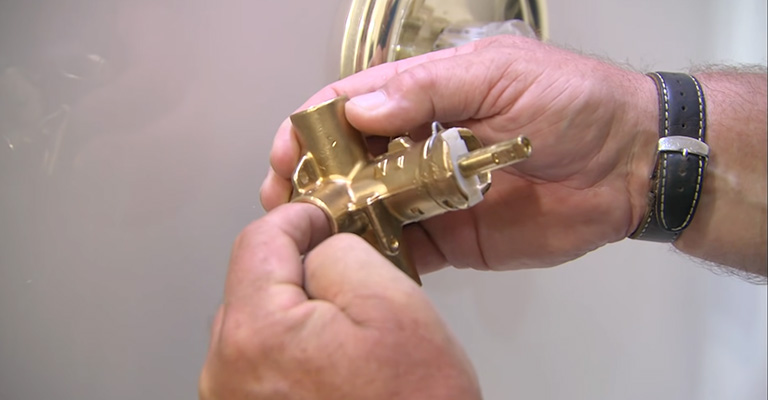
Over time, your shower valves could develop problems, which require adjustments to improve the performance of your shower and prevent leaks. It is common for shower valves to develop the following issues, especially when the valve is old.
Wear And Tear
All the shower valve assemblies throughout the house wear and tear with everyday use. Seals on these devices wear out over time, causing leaks.
During valve operation, bearings within the valves wear, slowing valve reaction time. Your shower’s temperature fluctuates when the bearings are worn out.
Lime Scale
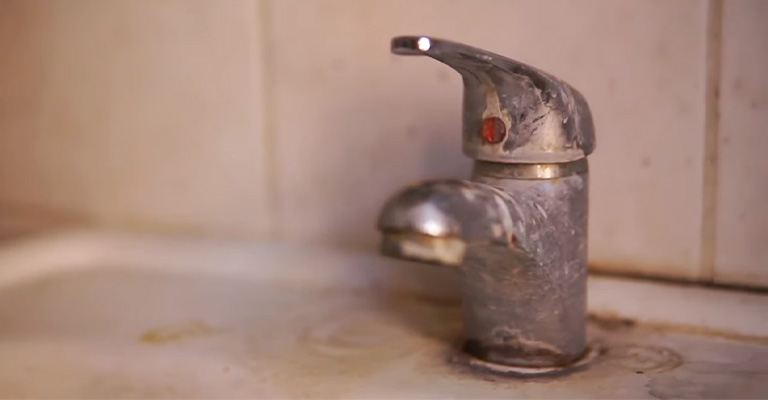
Your shower valve cartridge collects lime and dirt over time from your water supply. As a result of this buildup, temperature fluctuations occur due to compromised valve performance.
Hot Water Changes
Changing the temperature of hot water output from a water heater or installing a new water heater can cause shower valve issues that need to be addressed.
Depending on the temperature settings set in a thermostatic valve, the valve clip within a pressure-balancing valve may have to be adjusted.
It is often possible to eliminate limescale and dirt buildup problems by cleaning the faucet assembly. The cartridge and other components need to be removed and soaked in lime remover or vinegar after being removed.
The assembly must be lubricated and reassembled for the shower valves and faucet to function properly.
How Do You Know If Your Shower Valve Is Bad?
Did you ever jump in your shower at the beginning or end of the day to find something wasn’t quite right? In your home, there are a few telltale signs that your shower valve might malfunction.
Shower Head Leaks
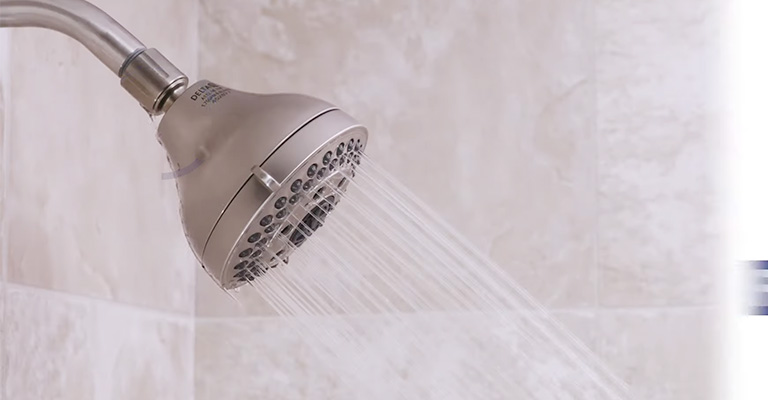
The shower valve can leak or drip if it no longer has a proper seal to stop the water flow. You can suffer extensive damage to your bathroom if you leak your bathtub.
Loss of Water Pressure
When it comes to rinsing, nothing is more frustrating than having the water slow down to a trickle right before you need it.
In the same way as temperature changes, sudden pressure changes or a loss of pressure can be caused by wear and tear on the shower valve. Alternatively, pressure problems can result from clogs or wear and tear on internal valve components.
Unexpected Temperature Changes
Only a small change in temperature will cause us to notice a change in our usual shower temperature immediately.
Changing the temperature suddenly can result from lime buildup inside the shower valve, or it can simply occur over time due to natural wear and tear. Whatever the cause, if this happens consistently, it is likely time to have the plumbing fixed.
Trouble Turning the Handle
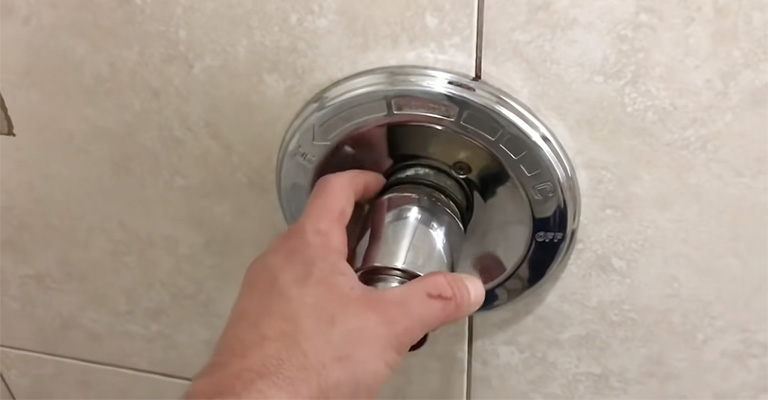
Have you ever had trouble turning on your shower? Because of damage or corrosion, there is resistance when you turn the handle on the valve. A problem of this magnitude may be in the making.
When Do You Need to Replace a Shower Valve?
You should replace a leaky shower valve or install a new valve cartridge as soon as possible if you have a leaky shower. A leaking valve can result in significant water waste in the home over time, increasing utility bills.
Additionally, an unseen valve leak could result in severe water damage and mold growth behind your shower wall. By replacing your shower valves, you can improve the performance of your shower.
A new pressure balancing valve fixes the problem of water temperature fluctuations in the shower when the toilet flushes or other taps are turned on throughout the house.
Homeowners also benefit from shower valve replacements in terms of convenience and safety. Replace your existing shower valve with a thermostatic one with preset temperatures. For the perfect temperature, thermostatic valves eliminate finicky adjustments!
In addition, they ensure that water temperatures don’t get too high – this is especially important in households with small children or elderly members since they are at a higher risk of burns and scalds when exposed to hot water.
How Long Does It Take To Replace A Shower Valve?
If you want to replace a shower valve on your own, you’ll need to be an experienced DIYer in home improvement. Replacing a shower valve is far more complicated than replacing a showerhead.
To do this job successfully, it is absolutely necessary to have a good understanding of plumbing. It involves adjusting old pipes of your shower, including soldering – if you are not proficient in this area, don’t attempt it.
What Is The Average Cost To Replace A Shower Valve?
The replacement of a shower valve is a relatively simple procedure. Porch estimates that a valve and stem replacement will cost about $310, or slightly more if you replace the whole system.
The cost of replacing a shower valve can be up to $540, including labor and the unit’s price. Typically, the valve costs $160, so it may be worth your time to replace it yourself if you are an experienced DIYer.
How Much Does A Plumber Charge To Install A Shower Valve?
In case there is already a shower installed, installing a shower valve usually takes two hours. A shower valve installation typically costs between $375 and $575, depending on the type of valve and the cost of living in the area.
You should get quotes from several plumbers to understand how much you should expect to pay per hour in your area. It’s possible to install the valve yourself, but it’s a medium-skilled job, so if you do not have much experience, hire a plumber.
Final Words
The replacement of individual parts can fix many issues with faucets, frequently cost-effectively. Your faucet is likely leaking because the internal parts have worn out. This does not indicate that you should replace the faucet immediately.
Generally, it would be best if you replaced the O ring or cleaned the valve. If your water flow is irregular, it may be due to an aerator or cartridge problem.
If the problem persists, you may need to call a professional to assess the situation and provide a quote. The aerator or cartridge may also be bad if there is low water pressure.
It may be a good idea to replace the faucet if it is too old. Likewise, if your car is still causing problems after numerous repairs, replacing it may be more cost-effective.
You can save money from future repairs when you replace your faucet with a brand-new, high-quality one.






